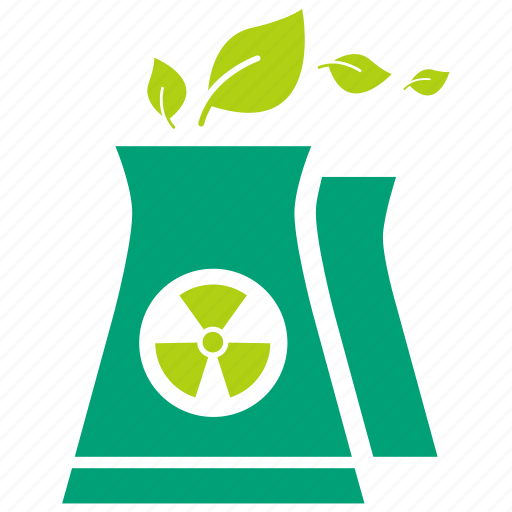Unit 1 of Taiwan’s Maanshan nuclear power plant has been taken offline and will be decommissioned following the expiry of its 40-year operating licence, in accordance with Taiwan’s nuclear phase-out policy. The closure leaves the island with just one reactor remaining in operation.
The 936 MWe pressurised water reactor (PWR) was shut down on 27 July and officially entered its decommissioning period on 28 July.
Unit 2 of the Maanshan plant - a 938 MWe PWR - now becomes Taiwan’s sole remaining operating power reactor. However, that unit’s 40-year operating licence is due to expire on 17 May 2025.
In July 2021, state-run Taiwan Power Company (Taipower) submitted an application to the Atomic Energy Council to shut down the two-unit Maanshan plant. According to existing legislation, the utility must file an application to decommission the units at least three years prior to energy production stopping.
The closure of Maanshan 1 comes amid a continuing debate among lawmakers about whether to extend the operating life of Taiwan’s existing nuclear facilities.
Prior to the closure of Maanshan 1, nuclear power accounted for about 5% of the island’s energy consumption, which is dominated by coal and liquefied natural gas. Taipower has said that with the closure of the reactor, the share of power generated by nuclear energy will now drop to 2.8%.
Phase-out policy
Taiwan’s Democratic Progressive Party (DPP) was elected to government in January 2016 with a policy of creating a “nuclear-free homeland” by 2025. Under this policy, Taiwan’s six operable power reactors would be decommissioned as their 40-year operating licences expire. Shortly after taking office, the DPP government passed an amendment to the Electricity Act, passing its phase-out policy into law. The government aims for an energy mix of 20% from renewable sources, 50% from liquefied natural gas and 30% from coal.
However, in a referendum held in November 2018, voters chose to abolish that amendment. The Ministry of Economic Affairs said the amendment was officially removed from the Electricity Industry Act on 2 December.
Nevertheless, then Minister of Economic Affairs Shen Jong-chin said in January 2019 “there would be no extension or restarts of nuclear power plants in Taiwan due to subjective and objective conditions, as well as strong public objection”.
Unit 1 of Taiwan’s oldest plant, Chinshan, was taken offline in December 2018, followed by Chinshan 2 in July 2019.
The 40-year operating licence for Kuosheng 1 was due to expire on 27 December 2021, when it was due to be shut down. However, in May of that year, Taipower announced it would only be able to operate the reactor until June owing to a lack of storage in the unit’s used fuel pool. Unit 2 of the Kuosheng plant was shut down in March 2023.
Construction of two units at Lungmen began in 1999, but the project has been beset with political, legal and regulatory delays. The completed unit 1 was mothballed in July 2015, while construction of unit 2 was suspended in April 2014.
“If new nuclear energy technologies can address issues of nuclear safety and nuclear waste, and are accepted internationally, of course, we will be very open to discussing the matter,” Premier Cho Jung-tai was cited as saying on 17 July by Bloomberg. He said the government will focus for now on expanding the use of natural gas and reducing the consumption of coal.
Power-generation policy of TW’s now minorty (after 2024 election) ruling party DPP (40% votes in both president and parliament after 8 years’ corruptions) has been gradually phasing out nuclear power and developing expensive photovoltaic and coal (world rank 5 buying Russia coal, and lung adenocarcinoma has become the main cause of lung cancer in Taiwan) power generation, leading to corruption cases with money flowing into DPP’s pocket. Now power outages occur every days in various parts of Taiwan (and the govt claims TW has no power shortage issue when it is building more advanced chip foundries, consuming much more eletricity), and DPP always blames it to little animal accidentally touching electrical equipment. (Google “雲豹 能源 弊案”)
Absurd.


.jpg?ext=.jpg)

